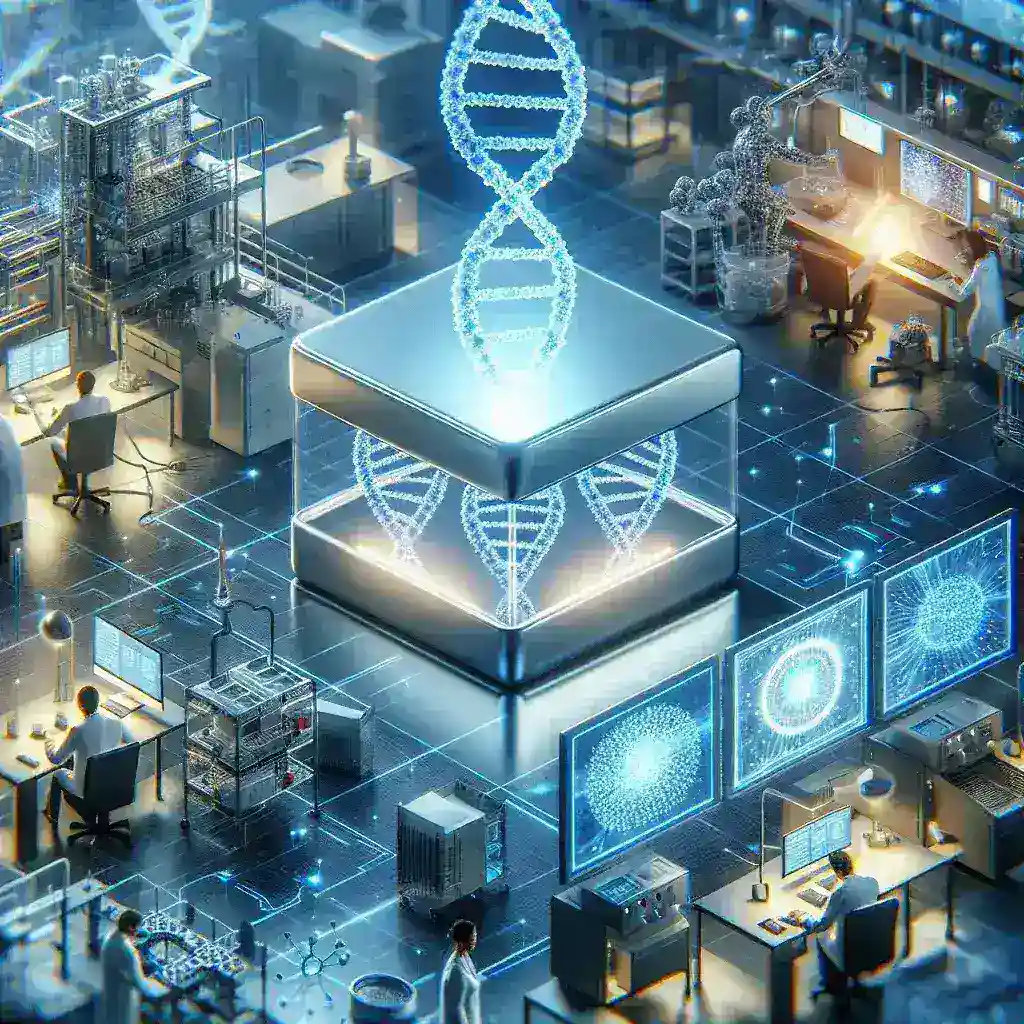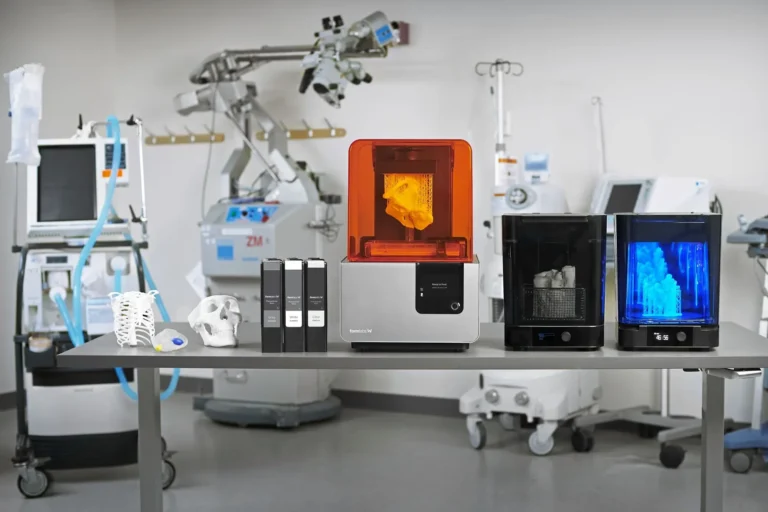Revolutionary DNA-Based Data Storage System Stores 1 Exabyte in Sugar-Cube Sized Container
Introduction to DNA-Based Data Storage
In our data-driven world, the exponential increase in data generation poses a significant challenge for data storage solutions. The advent of a revolutionary DNA-based data storage system has emerged as a potential game-changer, capable of storing an astounding 1 exabyte of data in a sugar-cube sized container. This technology not only offers a compact and efficient method of data storage but also presents an environmentally sustainable alternative to conventional storage methods.
The Science Behind DNA Data Storage
At its core, DNA data storage leverages the natural coding capacity of DNA molecules. Just as biological systems use sequences of nucleotides (adenine, thymine, cytosine, and guanine) to encode genetic information, researchers have found ways to encode binary data into DNA sequences. The conversion process involves several steps:
- Encoding: Data is translated from binary (0s and 1s) into a DNA sequence.
- Synthesis: The DNA sequence is synthesized into physical strands of DNA.
- Storage: These DNA strands can be stored in a compact format without the need for energy.
- Reading: To access the information, the DNA is sequenced, and the encoded data is decoded back into binary form.
Storage Capacity and Efficiency
The storage capacity of DNA is staggering. One gram of DNA can theoretically hold about 215 petabytes of data. To put this into perspective, an entire exabyte equals 1,000 petabytes. Thus, a mere sugar-cube sized container filled with synthesized DNA could efficiently store a staggering 1 exabyte of data, making it potentially the most efficient storage medium known to date.
Comparison to Traditional Storage Solutions
Traditional data storage solutions, such as hard disk drives (HDDs) and solid-state drives (SSDs), face limitations in scalability and energy efficiency. As data centers expand to accommodate growing data needs, these older technologies require significant amounts of energy and physical space. In contrast, DNA data storage systems can dramatically reduce physical space requirements and lower energy consumption, providing a sustainable solution for the future.
Historical Context and Innovations
The concept of using DNA for data storage dates back to the early 2000s, but significant advancements have been made in recent years. In 2012, researchers successfully encoded a scientific paper into DNA, marking a significant milestone in proving the viability of this technology. Over the years, several tech companies and research institutions have invested in DNA data storage, leading to innovations that have enhanced efficiency and cost-effectiveness.
Future Predictions
Looking ahead, the adoption of DNA-based data storage systems is set to revolutionize the data management landscape. Experts predict that as the technology matures, we will witness:
- Widespread Adoption: Businesses and data centers may increasingly turn to DNA storage solutions to meet their growing data needs.
- Enhanced Durability: DNA can last thousands of years when stored properly, offering a long-term solution for data preservation.
- Cost Reductions: As synthesis and sequencing technologies improve, the costs associated with DNA storage are expected to decrease, making it more accessible.
Pros and Cons of DNA Data Storage
Pros
- High Density: The ability to store massive amounts of information in a small physical space.
- Longevity: DNA is inherently stable and can preserve information for millennia.
- Energy Efficient: Once stored, DNA does not require energy to maintain data integrity.
- Environmentally Friendly: DNA storage systems can potentially reduce electronic waste generated by traditional storage methods.
Cons
- Cost of Synthesis: Currently, synthesizing and sequencing DNA is expensive, impacting initial adoption.
- Speed of Access: Reading data from DNA is slower compared to conventional storage methods.
- Complexity: The technology involves complex processes that may require specialized knowledge.
Real-World Applications
The implications of DNA-based data storage are vast, with potential applications across various fields:
- Healthcare: Storing vast amounts of genomic data for research and personalized medicine.
- Archiving: Long-term preservation of historical documents and important records.
- Space Exploration: Efficient storage solutions for missions with limited resources and space.
Expert Opinions
Leading experts in data storage and biotechnology have hailed DNA storage as a revolutionary breakthrough. Dr. George Church, a prominent geneticist at Harvard University, stated, “The DNA storage technology is not just about storing more data; it’s about doing so in a sustainable way that will benefit future generations.” Such statements highlight the transformative potential of DNA as a long-term data storage medium.
Cultural Relevance
As society becomes increasingly digital, the preservation of cultural heritage in a sustainable manner is essential. DNA data storage can play a vital role in ensuring that critical cultural artifacts, literature, and collective memories are maintained for future generations. This technology may enable humanity to archive significant historical and cultural achievements in an efficient and lasting manner.
Conclusion
The development of DNA-based data storage systems signifies a monumental leap in our ability to manage and preserve the vast amounts of data generated in the modern age. With the capability to store 1 exabyte in a sugar-cube sized container, this technology holds the potential to redefine data storage and management paradigms. As we stand on the brink of this new technological era, embracing sustainable and efficient data storage solutions will be crucial for addressing the challenges of the future.







